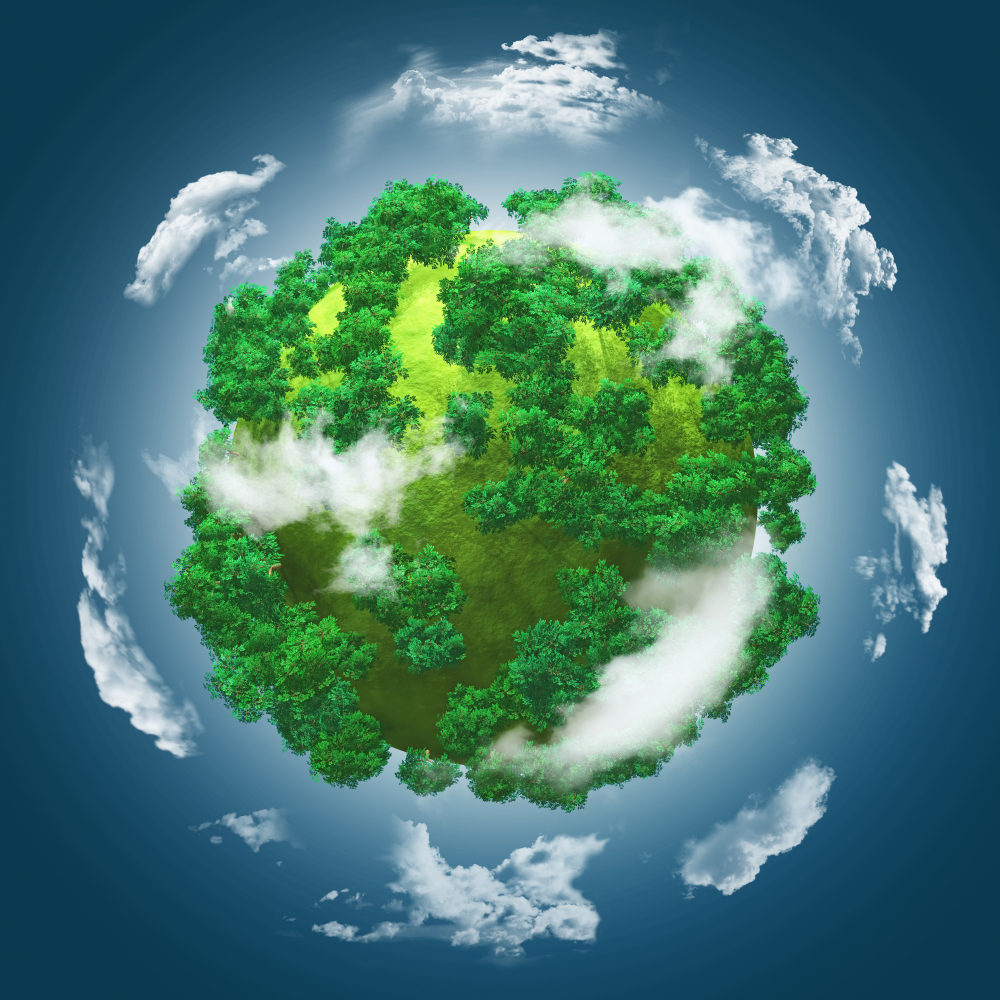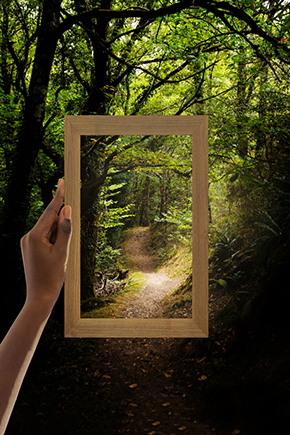Manufacturer and Marketer of Sustainable Herbal Wellness Fashion Products



Manufacturer and Marketer of Sustainable Herbal Wellness Fashion Products



Cash Value
Accumulate savings while securing your family life.
Flexible Premium
Life insurance policies can be tailored to fit your needs
Death Benefit
We paid to your beneficiaries when you pass away


 Rooted in Nature, Woven with Purpose
Rooted in Nature, Woven with Purpose
A Sustainable Herbal Wellness Fashion Initiative
We believe that fashion and wellness should be in harmony with nature. Our journey began with a deep respect for traditional craftsmanship, herbal wisdom, and sustainable living. We create eco-friendly, herbal-dyed textiles and wellness products that nourish both body and soul—bridging the gap between ancient traditions, craftsmanship and modern conscious living.
 What we Offer
What we Offer
🌿 Sustainability First – We use plant-based dyes, organic sustainable fabrics and handloom weaving to minimize environmental impact.
🧘♀️ Holistic Wellness – Our products are infused with Ayurvedic herbs, natural fibers, and time-honored techniques to promote well-being.
👣 Ethical & Artisanal – Every piece is handcrafted by skilled artisans, ensuring fair wages, heritage preservation, and slow fashion values.
Herbal-Dyed Natural Fibre Textiles – Naturally vibrant, chemical-free, and skin-friendly.
- Eco-Conscious Yoga & Meditation Essentials – Handloom-woven mats infused with Vetiver, Dharbha grass etc. and Ayurvedic herbs for a deeper practice.
- Sustainable Fashion Pieces – Timeless, toxin-free, and designed for mindful living .
 🌿 Let’s weave a future where fashion and wellness exist in harmony with nature.
🌿 Let’s weave a future where fashion and wellness exist in harmony with nature.
Whether through a herbal-dyed silk yoga mat, a handwoven organic cotton wrap, or a toxin-free wellness textile, we invite you to embrace a lifestyle that is as nurturing for you as it is for the planet.


Japan
Archaeological evidence indicates, Between 1850 and 1930, raw silk ranked as the leading export for both countries. Today, China exports the largest volume of raw silk in the world.

India
Silk has a long history in India. It is known as Resham in eastern and north India, and Pattu in southern parts of India. India is the second largest producer of silk in the world after China. About 97% of the raw mulberry silk comes from six Indian states, namely, Andhra Pradesh, Karnataka, Jammu and Kashmir, Tamil Nadu, Bihar, and West Bengal.
150 k
Happy Customer
259 +
Professional Agent
180 +
National Award
193 +
Country Connected


Herbal Silks – Sustainable Fashion to protect environment
- Water Pollution: 20% of global clean water pollution from textile industries. A single load of polyester laundry can release 700,000 microplastic fibers into food chain.
- Water Consumption: The fashion industry uses around 93 billion cubic meters (21 trillion gallons) of water annually.
- Climate Change: The production of materials like polyester and nylon requires energy from fossil sources like oil and natural gas. It release carbon dioxide (CO2) into the atmosphere.
- Health Impacts: The pollution generated by garment production can have a devastating impact on the health of local people, animal and ecosystems.
- We Support for Healthy and suitable environment for future life
- We use Natural fibers and eco friendly products.
- Traditional Handloom weaving saves energy and prevent the climate changes.
- Ayurvedic dyed fabrics are wellness to people and saving the earth from land pollution in manufacturing.
- It also supports the organic farming and reviving the agriculture people and women empowerment by job opportunities.
- Our focus is to be part of a manufacturer of eco-friendly and sustainable fashion products in tune with the MAKE IN INDIA PROGRAMME.
18 Sidhhas and ancient culture – Revival for Human Wellness
- In south India, 18 sidhhas are considered as ancient scientists and scholars who have contributed in many fields such as medicine, Astrology, Astronomy, Vastu, Marital arts, Meditation, etc.,
- The siddhas also taught the art of ayurvedic dyeing and making clothes with ayurvedic properties.
- The primary named siddhar Agasthiyar, who lived near Balaramapuram.
- We also had a temple dedicated to Agasthiyar for his contribution to siddha and Ayurvedic Textile in Balaramapuram.

AGASTIYAR

NANDI DEVAR

THIRUMOOLAR

BHOGAR

KONKANAVAR

MACCHAMUNI

GORAKNATH

SATTAIMUNI

SUNDARANANDAR

RAMADEVAR (Yacop)

KUDAMBAI SIDDHAR

KARUVOORAR SIDDHAR

IDAIKADAR

KAMALAMUNI

VALMIKI

PATHANJALI

DHANVANTHIRI

PAAMBATTI SIDDHAR

Thanjai Periya Kovil
Historical Background
Constructed between 1003 and 1010 AD during the reign of Emperor Rajaraja Chola I, the temple was originally named Rajarajesvaram. It was later renamed Brihadeeswarar Temple, meaning “Great Lord Shiva’s Temple.” Locally, it is referred to as Thanjai Periya Kovil, translating to “Thanjavur Big Temple.”
Architectural Significance
The temple exemplifies Dravidian architecture, characterized by its grand scale and intricate stone carvings. The central tower, or vimana, rises approximately 66 meters (216 feet), making it one of the tallest of its kind. A notable feature is the massive Nandi (bull) statue, measuring about 4 meters in height and 6 meters in length, carved from a single stone.
Cultural Impact
Beyond its architectural grandeur, Thanjai Periya Kovil has been a center of cultural and spiritual activities. It has influenced the development of South Indian temple architecture and continues to be a place of worship and pilgrimage. In 1987, it was recognized as a UNESCO World Heritage site, underscoring its global cultural significance